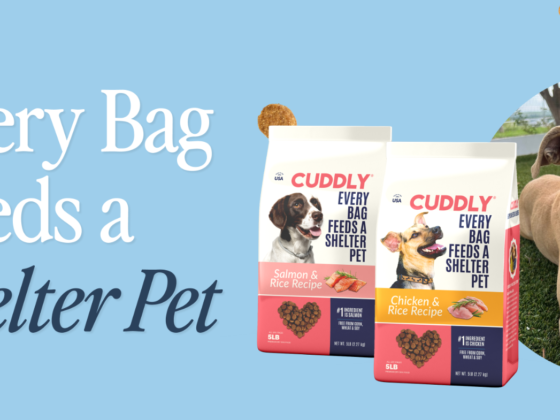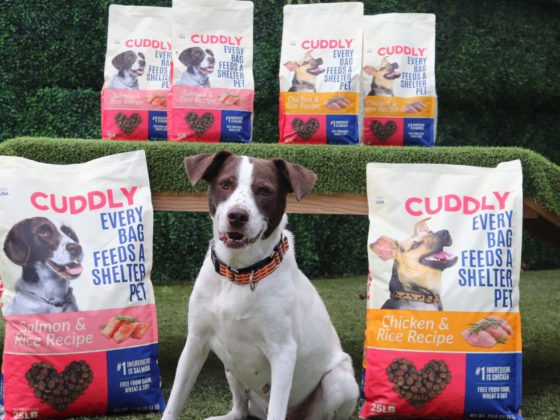While we all want the best for our animals, finding the right nutrition for them can be difficult. What’s right for one dog, isn’t right for a different dog.
There are something like 5,000 pet food brands, and evaluating your options is key to making the best dog food for your pet. Different regions will have different options, but there are some simple rules that can help pet parents feel confident in their decision.
Interested in hearing a veterinarian’s take on pet nutrition: Listen Here
A Note on Guilt
Parents are always feeling guilty around the choices they make- that applies to pet parents as well. You’re doing your best (just by reading this), so please be compassionate with yourself as you learn and grow!
Read the Manufacturer’s Label
Reading the ingredients on the food labels has become commonplace, and yes, it is important. However, reading the manufacturer’s details should be one of the first things you do.
This provides a clear way to contact the manufacturer and a way to learn essential information about the product. Looking for a phone number is an important step since it is not required, but is an additional step that provides transparency.
Bonus Tip: Not every manufacturer has a nutritionist on staff, but there is an easy way to find out who is. Pet Nutrition Alliance came out with their Dare to Ask Guide Here that provides this information and more.
Pet’s Age
Your dog’s age is more than just a number, it’s a tier of life that determines what kinds of nutrition they need. Dog breeds reach each stage at a slightly different point in time, so be sure to keep their specific characteristics in mind.
Learning about pet care for adult dogs, senior dogs, large breeds, and small breeds are all a little varied. Dr. RuthAnn Lobos outlines the different nutritional requirements for every life stage here.

Allergies
When it comes to rescue dogs, there is no way to identify a food allergy without some guidance. This is why some animal welfare groups have opted to use high-quality vegan dog food to avoid reactions to protein allergies.
As time continues, different proteins can be tested in a controlled environment and any health problems can be monitored. Your veterinarian can help provide some insight into any allergies whether they are meat specific, grains, or otherwise.

Dry Dog Food vs. Wet Dog Food
All our dogs will have preference when it comes to their dog food and that applies to canned food and dry kibble as well. There are some very real advantages and downsides with both.
Dry dog food is a staple in most households for good reason. It is shelf stable and is helpful when it comes to dental health, but does not contain the same level of fresh ingredients.
Wet food can benefit hydration and support your dog’s nutritional needs because of the higher quality ingredients. However, it does require refrigeration after opening and can negatively impact a pet’s teeth.
Dog Food Fads
There are so many beliefs associated with the fads in pet food and so many of them are traced back to the dog owners. Good dog food means nutrition that is specific to that dog’s breed, size, age, and activity level.
A pet food label can clarify if there are gaps in nutrition since not all grain-free, raw food, human-grade, or commercial dog food are created equal. Likewise, some big name dog food brands might have some surprising information.
As pet owners, we’re all looking for ways to maximize the quantity and quality of our animals’ lives. Finding quality food for your dog may feel time consuming, but it can support life-long wellness.
Read More About Keeping Your Pet Happy and Healthy













